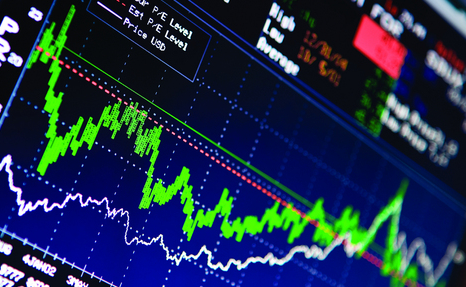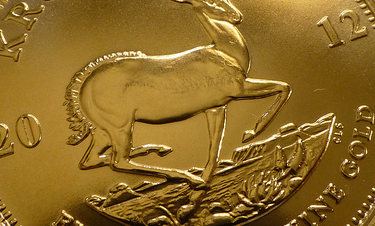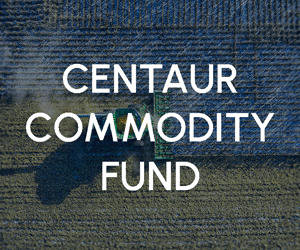Nyheter
David Hargreaves on Precious Metals week 9, 2012
Platinum continues to perplex. For so long, platinum had it over gold in both price and demand. Its lynchpin was its use in automobile exhaust catalysts where it transforms all those horrible fumes into nitrogen and water. As GDP rises, so does the demand for autos and so…fait accompli. The price is still strong, relatively, but it lags gold instead of leading it whilst not even the most serious of labour disputes in the metal’s home, Rustenberg, are boosting it. Over 17,000 workers have downed tools in the bitterest of disputes, whose reasons are far from clear. Safety-related stoppages abound and world No 3 producer Zimbabwe is playing silly beggars with the mining companies there. Perhaps instead of asking why the price is not orbiting, we should ponder what might happen when peace returns, which it will.
Central Bank Gold Buying figures are at best tardy and unreliable. Now the Financial Times tells us the People’s Bank of China has been a significant buyer, 227 tonnes, in the last three months of 2011. Maybe. Mine production would have been about 100 tonnes, whilst the WGC says domestic demand was 191 tonnes, so there is a gap of about 136 tonnes.
There is much scepticism about this having gone straight into the vaults to boost the 1054 tonnes officially held there. Even if it did, there is far to go before they approach the c. 9000 tonnes held by Fort Knox. Official figures are due out next month.
Whither the gold price? The Gold Report has interviewed one Greg McCoach whose contribution to forecasting includes his “Insider Alert” service. He says gold is going to $6000/oz dragging silver to $70/oz. Now, he doesn’t say when. He goes on to remind us that just to cover the world’s debts it would need to be $19,500/oz. Maybe he has not factored in that for every debtor there has to be a 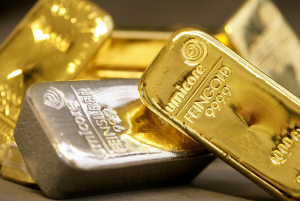 creditor, so world debt nets out to zero. The creditors for the most part are pensioners, hostage to banks, funds, governments, etc., but let’s not go there. No Greg, the true price of gold is at $40,000/oz, that is when we get back to a gold standard and all the paper dollars are divided into all the surface gold. Like you, Greg, we have no idea when that might be. Next he has silver at $400-500/oz against gold at $6000-10,000. Let’s just hear it for a drop of cold water here. Sure, silver is poor person’s gold, but 60% or more of it is used in industry and surface supplies are daunting. At the right price, commercial demand will dry up and all those coins will be melted down.
creditor, so world debt nets out to zero. The creditors for the most part are pensioners, hostage to banks, funds, governments, etc., but let’s not go there. No Greg, the true price of gold is at $40,000/oz, that is when we get back to a gold standard and all the paper dollars are divided into all the surface gold. Like you, Greg, we have no idea when that might be. Next he has silver at $400-500/oz against gold at $6000-10,000. Let’s just hear it for a drop of cold water here. Sure, silver is poor person’s gold, but 60% or more of it is used in industry and surface supplies are daunting. At the right price, commercial demand will dry up and all those coins will be melted down.
The world needs fly-away price theorists, if only for amusement value. We do not presently subscribe. India’s 2012-13 Gold imports may fall 35%, says a government panel. They topped $58 bn in 2011 (that’s about 1,000 tonnes), but will dip to $38bn this year. It still hits the current account deficit and with inflation at 5-6%, becomes less attractive. Import duties are now 2% on value of gold and 6% on silver. There is no suggestion of imports being banned.
And silver? Today the gold price is about 50x that of silver and its newly mined production about one fifteenth. India takes in about 1000 tonnes, one-third of all gold mined annually and traditionally about 3000 tonnes of silver. So the ratios are askew. In 2011 the country imported 4800 t and looks to do 5000t this year. Are these sizeable increases a reflection fo the rising gold price? Highly likely, particularly as gold imports are forecast to drop below 900t. So the price ratio could well be persuaded to narrow in favour of silver.
[hr]
About David Hargreaves
David Hargreaves is a mining engineer with over forty years of senior experience in the industry. After qualifying in coal mining he worked in the iron ore mines of Quebec and Northwest Ontario before diversifying into other bulk minerals including bauxite. He was Head of Research for stockbrokers James Capel in London from 1974 to 1977 and voted Mining Analyst of the year on three successive occasions.
Since forming his own metals broking and research company in 1977, he has successfully promoted and been a director of several public companies. He currently writes “The Week in Mining”, an incisive review of world mining events, for stockbrokers WH Ireland. David’s research pays particular attention to steel via the iron ore and coal supply industries. He is a Chartered Mining Engineer, Fellow of the Geological Society and the Institute of Mining, Minerals and Materials, and a Member of the Royal Institution. His textbook, “The World Index of Resources and Population” accurately predicted the exponential rise in demand for steel industry products.
Nyheter
Oklart om drill baby drill-politik ökar USAs oljeproduktion

En framträdande del av Donald Trumps kampanj har varit drill baby drill-politik för olja. Hittills har dock inte hans vinst i presidentvalet gett någon prissignal för oljan. USA producerar redan rekordmycket olja och det är oklart om oljebolagen verkligen vill producera mer eftersom kostnaderna stiger när man försöker maximera produktionen. Ännu så länge spelar Kinas efterfrågan och OPECs produktion mer oljepriset än att USAs tillträdande president vill öka USAs produktion. Nordea-analytikern Thina Saltvedt kommenterar.
Nyheter
De tre bästa olje- och naturgasaktierna i Kanada

Eric Nuttall på Ninepoint Partners har valt ut de tre bästa aktierna inom olja och naturgas. Samtliga är noterade på TSX i Kanada och är bolag som har bra tillgångar och genererar bra kassaflöden.
MEG Energy
MEG Energy är en oljeproducent som går bra vid ett oljepris på 70 USD. Företaget har nått sitt mål för skulder och använder därför hela sitt fria kassaflöde till att återköpa aktier. Det fria kassaflödet är 10 procent vid ett oljepris på 70 USD och 14 procent vid 80 USD. Med över 35 års reserver av hög kvalitet erbjuder MEG Energy en stark hävstång på ett stigande oljepris.
ARC Resources
ARC Resources har högkvalitativa reserver av främst naturgas som motsvarar över 20 år av konstant produktion. Har ett bra fritt kassaflöde. En aktie att köpa och sedan bara låta ligga i portföljen.
Tamarack Valley Energy
Tamarack Valley Energy har efter två år av operativa utmaningar nått sina mål tre kvartal i rad och har blivit ett av de mest populära oljebolagen i Kanada. Större delen av produktionen är vid Clearwater och Charlie Lake, två tillgångar med fantastiskt bra ekonomi. Ett fritt kassaflöde på 12 respektive 17 procent vid ett oljepris på 70 respektive 80 USD per fat.
Nyheter
Bixias vinterprognos – Låga elpriser, men inte hela tiden
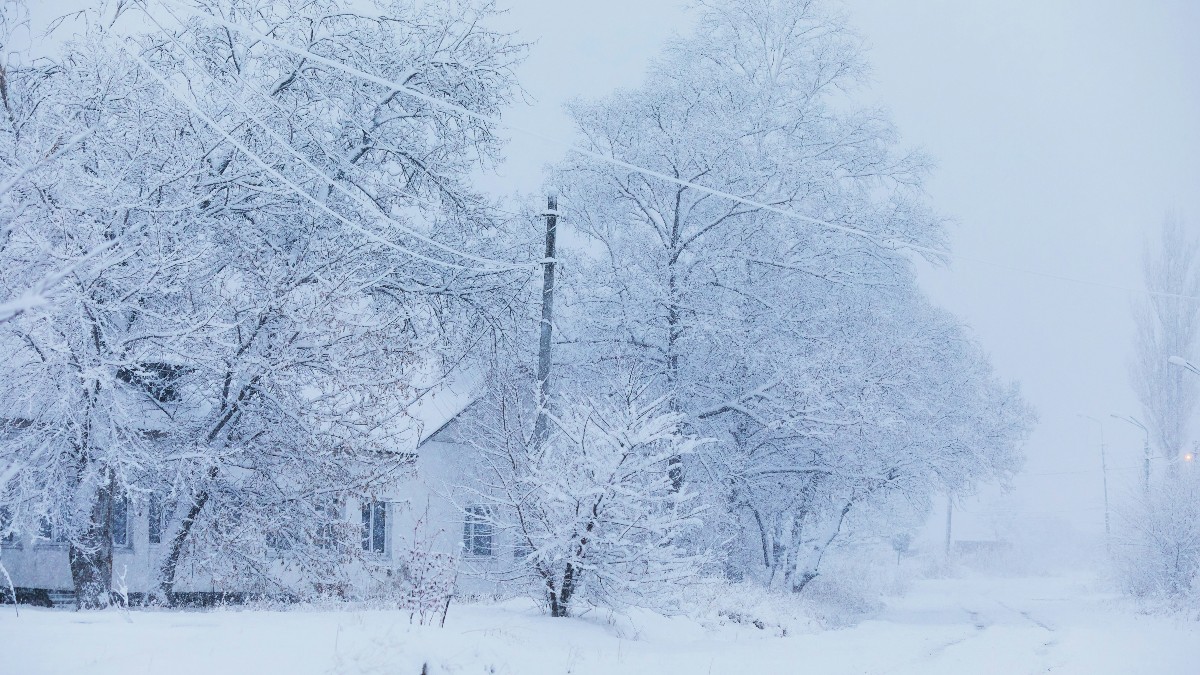
En förväntat mild vinter väntas hålla elkonsumtionen och därmed elpriserna nere. Dock kan enstaka kalla veckor pressa upp priserna, i synnerhet om kylan kombineras med låg vindkraftsproduktion. Det visar elbolaget Bixias prognos för vintern 2024-2025.
Efter en mild september följde även oktober samma mönster, vilket ledde till ett fortsatt lågt genomsnittligt systempris på 27 öre/kWh. Även vintern förväntas bli mild vilket siar om låga elpriser. Dock finns risk för tillfälliga prishöjningar eftersom omställningen till förnybar energi gjort Europa mer beroende av vädret för sin elproduktion.
– Vi har en kontrollerad marknad med ett generellt överskott i energibalansen så vi förväntar oss överlag låga elpriser i vinter. Men den snabba omställningen till förnybar energi, där bland annat Tyskland stängt flera kärnkrafts- och kolkraftverk de senaste åren, gör att en vecka med sträng kyla och svag vindkraftsproduktion kan leda till tillfälliga men kraftiga prishöjningar, precis som vi såg exempel på för ett par veckor sedan säger Johan Sigvardsson, elmarknadsanalytiker på Bixia
I Sverige kommer fortfarande en stor del av elproduktionen från kärnkraft, men när det blåser lite och blir kallt i Europa påverkas även vi eftersom vi är tätt sammankopplade med den europeiska marknaden.
– Om elpriset i Europa stiger och vi har ett överskott kommer vi per automatik exportera vår billiga el vilket gör att våra elpriser ökar. Och om motsatsen sker, att vi inte har tillräckligt med el för att täcka våra behov vid en köldknäpp och behöver importera får vi automatiskt i princip samma pris som övriga länder förklarar Johan Sigvardsson.
Så väntas elpriset bli i december 2024 och januari och februari 2025 (föregående års utfall inom parentes).
| December | Januari | Februari | |
| Systempris | 65 öre/kWh (81 öre, förra årets pris) | 67 öre/kWh (76 öre, förra årets pris) | 71 öre/kWh (57 öre, förra årets pris) |
| SE1 | 40 öre/kWh (73 öre) | 39 öre/kWh (61 öre) | 43 öre/kWh (45 öre) |
| SE2 | 40 öre/kWh (73 öre) | 39 öre/kWh (61 öre) | 43 öre/kWh (45 öre) |
| SE3 | 77 öre/kWh (79 öre) | 78 öre/kWh (80 öre) | 76 öre/kWh (50 öre) |
| SE4 | 82 öre/kWh (80 öre) | 79 öre/kWh (84 öre) | 83 öre/kWh (55 öre) |
-

 Analys3 veckor sedan
Analys3 veckor sedanCrude oil comment: A price rise driven by fundamentals
-

 Analys4 veckor sedan
Analys4 veckor sedanCrude oil comment: Recent ’geopolitical relief’ seems premature
-
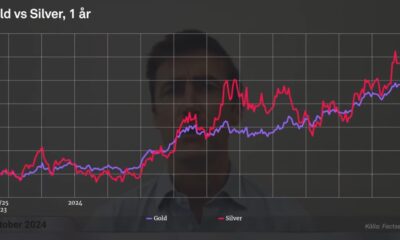
 Nyheter4 veckor sedan
Nyheter4 veckor sedanGuldpriset stiger hela tiden till nya rekord
-
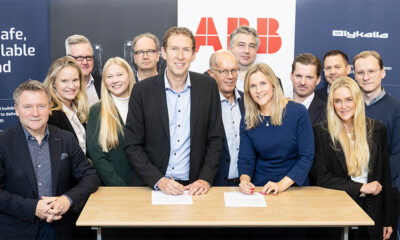
 Nyheter4 veckor sedan
Nyheter4 veckor sedanABB och Blykalla samarbetar om teknikutveckling för små modulära reaktorer
-
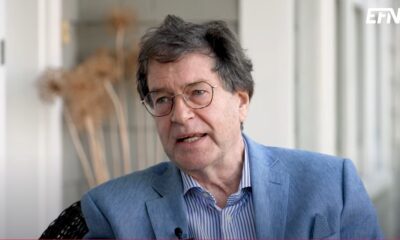
 Nyheter3 veckor sedan
Nyheter3 veckor sedanOljepriset kommer gå upp till 500 USD per fat år 2030
-

 Analys3 veckor sedan
Analys3 veckor sedanBrent resumes after yesterday’s price tumble
-

 Analys2 veckor sedan
Analys2 veckor sedanCrude oil comment: Iran’s silence hints at a new geopolitical reality
-

 Nyheter2 veckor sedan
Nyheter2 veckor sedanMichel Rufli förklarar vad som händer på guldmarknaden





